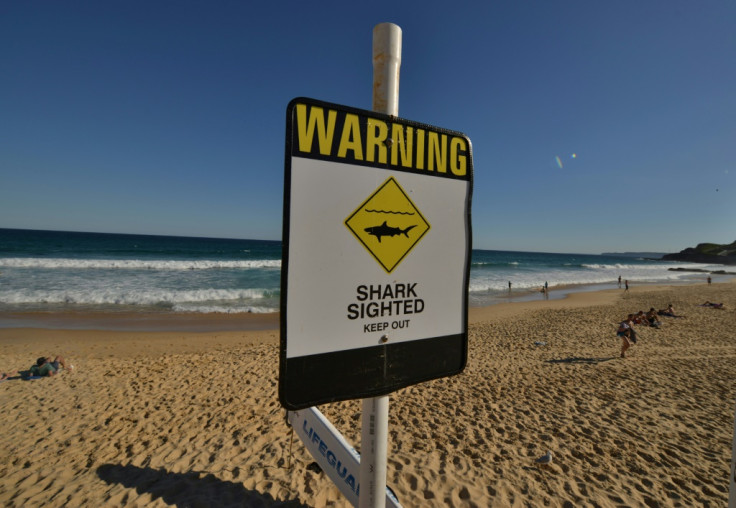Woman Gets Seriously Injured In Sydney Harbour Shark Attack
Authorities believe that the attack was carried out by a bull shark.

A 29-year-old Australian woman was brutally attacked by a shark during a swim near a private wharf in Elizabeth Bay, Sydney Harbour.
The woman, identified as Lauren O'Neill, received serious injuries on the leg and was found clinging to a ladder in the wharf after the brutal attack.
"She was trying to climb in and behind her was her leg, which was completely open and full of dark red blood behind her," a witness told the Sydney Morning Herald. She was immediately given first aid by the locals and rushed to a nearby hospital. She is reportedly in stable condition right now.
The police said: "She has been taken to St Vincent's hospital in a stable condition. Police have been told she was swimming off the wharf at the time. Marine area command are patrolling the area as a precaution".
Authorities believe that the attack was carried out by a bull shark. Bull sharks are the most dangerous sharks in the world. They are an aggressive species and tend to look for their prey in waters where people usually go swimming.
However, humans are not their normal prey. They can eat almost everything. They are found in shallow warm ocean waters.
This comes days after an elderly man suffered severe injuries to his leg in a similar shark attack. The man was surfing off the South Australian coast when he was attacked about 200 metres offshore at Blacks in Elliston.
Despite the injuries to his leg, the man managed to swim back and was rushed to the Elliston Hospital for treatment, but had to be flown to the Royal Adelaide Hospital for further treatment. Fortunately, he survived the attack.
Earlier this month, a teenager died after a similar shark attack in South Australia. The 15-year-old boy was reportedly attacked by a great white shark while surfing with his father near Ethel Beach.
The emergency services tried to revive him but could not. The boy's death was the third such fatal shark attack reported in Australia in recent months.
Last year, a 16-year-old girl died after being mauled by a shark while swimming in a river in Perth, Western Australia. The incident took place when the victim jumped into the Swan River to swim with a pod of dolphins.
Australia has been experiencing increased shark attacks over the last few years. The US and Australia report more shark attacks than other countries in the world. Experts have attributed the phenomenon to changes in the environment, such as rising sea temperatures and overfishing.
Sharks are found in all five of the Earth's oceans: the Atlantic, Pacific, Indian, Arctic, and Southern. But different species prefer different climates.
They are not immediately aggressive; however, there are several misconceptions about them. Swimmers should avoid certain times and certain kinds of water to avoid being attacked.
People should avoid being in the water at dawn and dusk, as visibility is not great, making it a time when sharks may be out and about looking for prey. Sharks have sensitive noses, and experts suggest that you prod at their noses to buy time and swim away.
Another tip is to dive with a group of people, especially in an area known for sharks. This means there are multiple eyes and ears. Ultimately, the best thing to do is to swim away calmly if you encounter one and feel uncomfortable. Panicking and thrashing will make the shark more curious and likely to approach.
© Copyright IBTimes 2025. All rights reserved.





















